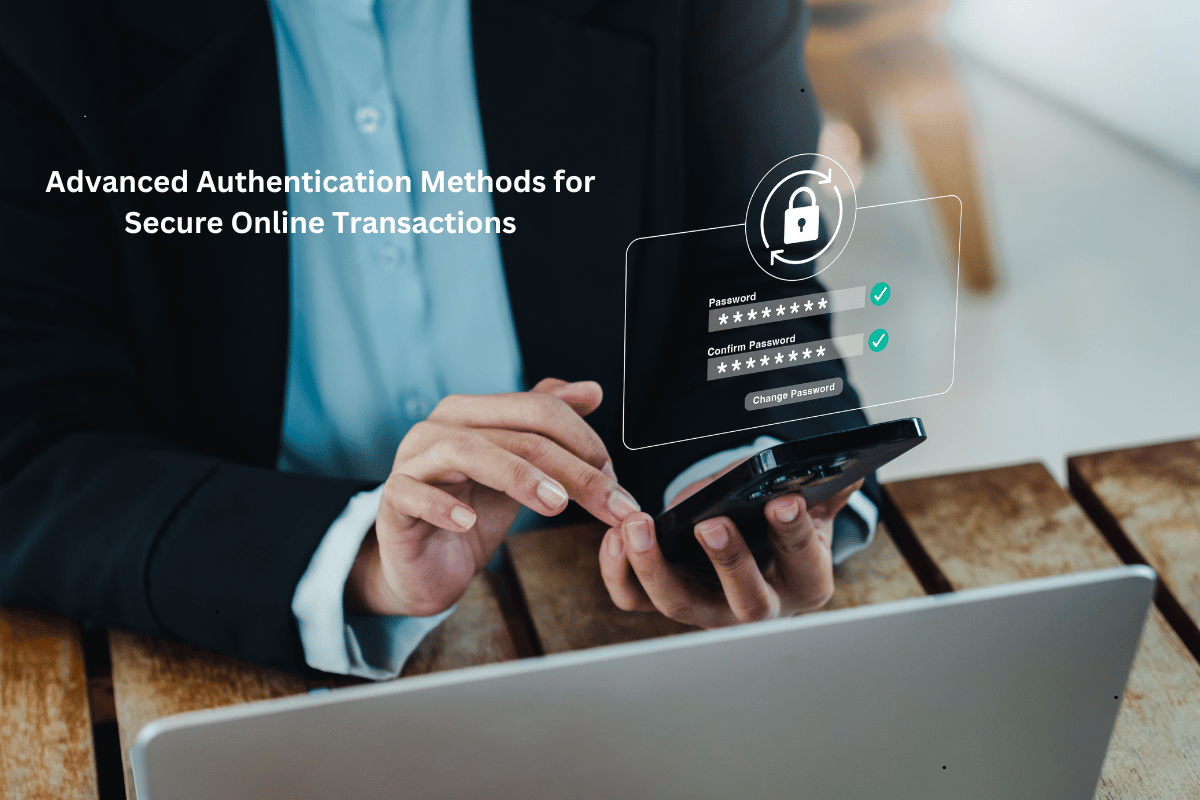Advanced Authentication Methods for Secure Online Transactions
In the digital age, the demand for secure online transactions has never been greater. With the rise of cryptocurrencies and digital finance, ensuring the safety of user data and funds is crucial. Businesses operating within a white label crypto exchange must implement advanced authentication methods to protect users and maintain trust. These methods not only enhance security but also provide a seamless and reliable user experience.
Understanding Authentication in Online Transactions
Authentication is the process of verifying a user’s identity before granting access to a system. In online transactions, robust authentication prevents unauthorized access and ensures the integrity of financial exchanges. For a white label crypto exchange, advanced authentication is essential to prevent fraud, comply with regulatory standards, and provide a safe trading environment.
Key Advanced Authentication Methods
Modern online platforms employ multiple layers of authentication to secure transactions. Here are some of the most effective methods used in white label crypto exchanges:
Multi-Factor Authentication (MFA)
Multi-Factor Authentication (MFA) requires users to verify their identity using two or more independent factors. These factors typically fall into three categories:
- Something You Know: Passwords or PINs
- Something You Have: Mobile devices or security tokens
- Something You Are: Biometric data like fingerprints or facial recognition
Implementing MFA in a white label crypto exchange adds an extra layer of protection, making it harder for malicious actors to gain unauthorized access.
Biometric Authentication
Biometric authentication uses unique biological characteristics to verify users. Common biometric methods include:
- Fingerprint Scanning
- Facial Recognition
- Iris Scanning
By integrating biometric authentication, a white label crypto exchange can enhance user convenience while strengthening security. Since biometric data is unique to each individual, it is significantly harder to forge or steal.
Behavioral Authentication
Behavioral authentication analyzes user behavior patterns, such as typing speed, mouse movements, and device usage. This method continuously monitors user interactions and flags anomalies that may indicate fraudulent activity.
For white label crypto exchange operators, behavioral authentication offers real-time detection of suspicious behavior without disrupting the user experience.
Token-Based Authentication
Token-based authentication generates a unique, time-sensitive code sent to a registered device or email. This method is commonly used for two-factor authentication (2FA) and helps protect against credential-based attacks.
By incorporating token-based authentication, white label crypto exchanges can reduce the risk of unauthorized access and account takeovers.
Blockchain-Based Authentication
Blockchain technology offers a decentralized approach to authentication. Instead of relying on a central authority, blockchain records and verifies identity data across a distributed network. This method enhances security by making it difficult for hackers to manipulate or falsify credentials.
A white label crypto exchange can use blockchain-based authentication to ensure transparency and protect user information from breaches.
Benefits of Advanced Authentication in White Label Crypto Exchanges
Enhanced Security
Advanced authentication methods reduce the risk of identity theft, fraud, and data breaches. By implementing these technologies, white label crypto exchanges can protect user funds and sensitive information.
Regulatory Compliance
Cryptocurrency exchanges must comply with international regulations, including Anti-Money Laundering (AML) and Know Your Customer (KYC) requirements. Advanced authentication helps ensure adherence to these standards and avoids legal penalties.
Improved User Trust
Secure authentication builds user confidence. When customers know their accounts are protected, they are more likely to engage in transactions and remain loyal to the platform.
Reduced Operational Risks
By automating identity verification and monitoring, advanced authentication reduces the burden on customer support teams and minimizes human error in identity checks.
Implementing Advanced Authentication: Best Practices
Adopt a Multi-Layered Approach: Combine multiple authentication methods to maximize security.
Regularly Update Security Protocols: Stay ahead of emerging threats by continuously updating authentication systems.
User Education: Educate users on the importance of secure authentication and how to enable security features.
Monitor and Respond: Implement real-time monitoring to detect and respond to suspicious activities promptly.
Conclusion
Advanced authentication methods are vital for ensuring secure online transactions in the cryptocurrency space. For a white label crypto exchange, these technologies provide robust security, regulatory compliance, and user trust. By adopting innovative authentication practices, businesses can safeguard their platforms and deliver a secure trading experience.







